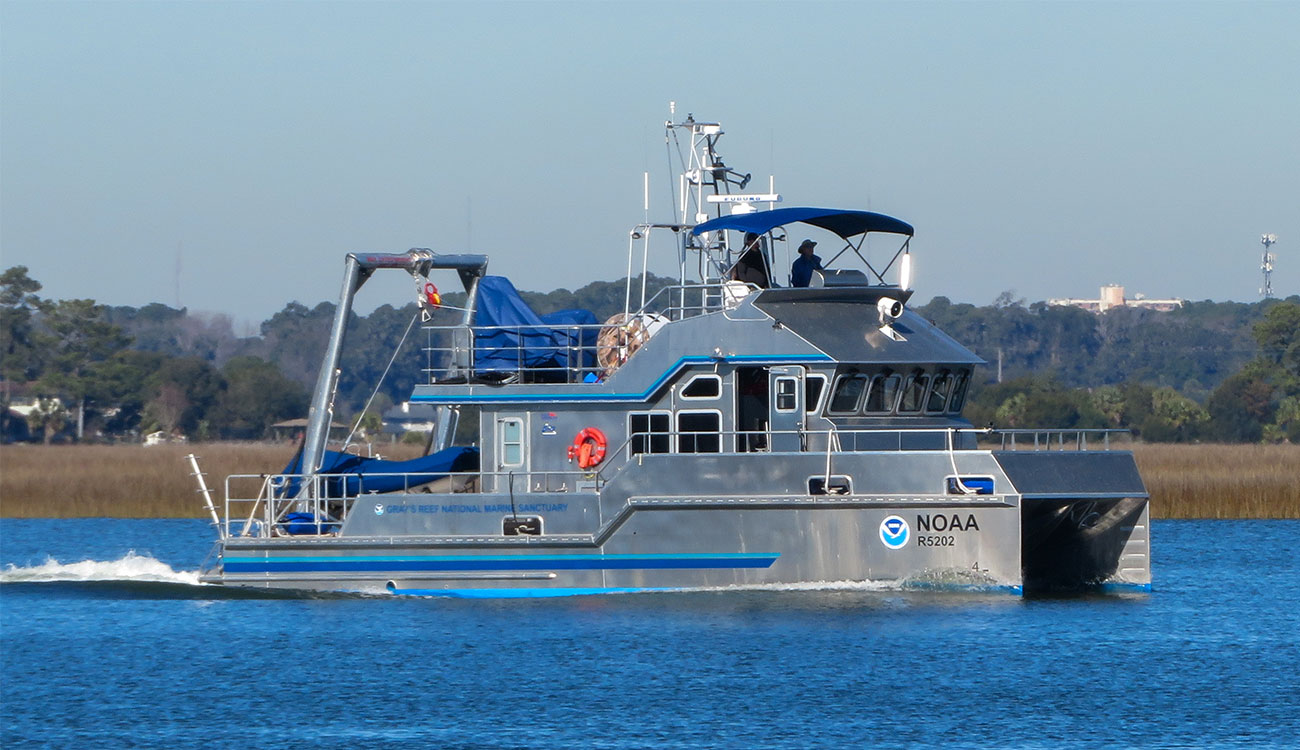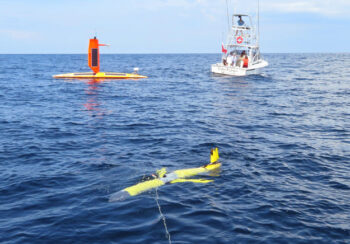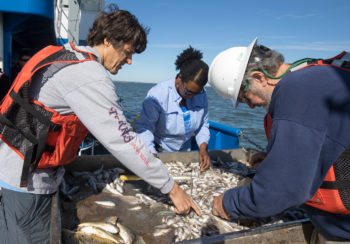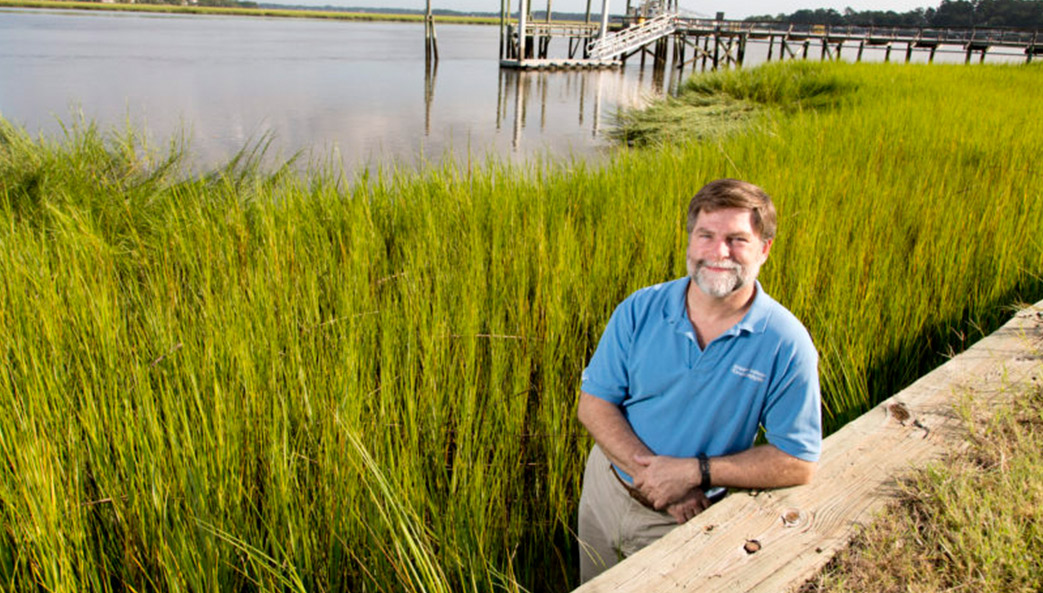The University of Georgia’s Skidaway Institute of Oceanography is home port to a new research vessel as part of its collaboration with the National Oceanic and Atmospheric Administration’s (NOAA) Gray’s Reef National Marine Sanctuary (GRNMS), a live-bottom reef located 19 miles due east of Sapelo Island
The new vessel, named the R/V Gannet, can carry up to 15 passengers and will allow researchers to conduct long-term studies at Gray’s Reef, a dense carpet of living creatures composed of soft corals, sponges, sea squirts, and other organisms that build the reef ecosystem on rocky outcrops above the sea floor.
Until now, researchers in the area only had access to smaller vessels that could be at sea for a short time, except once a year when a larger NOAA vessel would visit the reef. Because of this, researchers couldn’t conduct long-term studies at the reef, stay overnight to study day/night cycles, or go to the reef during more dangerous sea conditions.
“While we do have a large research vessel here, it’s very expensive to use,” Skidaway Director Clark Alexander said. “This new vessel, with its three berths and ability to handle rough seas, gives researchers more time and opportunity to study Gray’s Reef.”
Alexander said GRNMS plans to acquire essential equipment for the vessel, to include a salinity-temperature profiling water sampler, side scan and multi-beam sonar systems, necessities for mapping the waters above and sediments on the reef’s floor.
Gray’s Reef became a national marine sanctuary in 1981 thanks to its diverse marine life. In fact, nearly 1,000 invertebrate species and 200 fish species have been identified at the live-bottom reef. Originally called “Sapelo Live Bottom,” the marine sanctuary was named “Gray’s Reef” after former UGA researcher Sam Gray, who discovered the reef while researching invertebrates off Georgia’s coast.

“This new vessel will provide capabilities for the GRNMS science team, partners of GRNMS, Skidaway scientists, and scientists in the southeastern region,” Alexander said. “We’ve hosted GRNMS operations at Skidaway and had an ongoing partnership with Gray’s Reef for decades, with many scientific and advising collaborations between us and NOAA.”
“Without UGA and the Skidaway Institute, we wouldn’t be able to monitor and protect the marine sanctuary,” Gray’s Reef Outreach Coordinator Ben Prueitt said. “And our maiden voyage wouldn’t be possible without UGA’s support and staff.”
The Gannet’s first expedition will take place on April 4 with the Rivers to Reefs program, an educational workshop for Georgia teachers that focuses on Georgia waterways and aquatic life.
Conducted by the Gray’s Reef educators and Skidaway scientists, the workshop begins in Atlanta at the Georgia Aquarium, then follows the Altamaha River watershed to the coast, ending in Savannah. From there, teachers will board the Gannet to visit Gray’s Reef.






